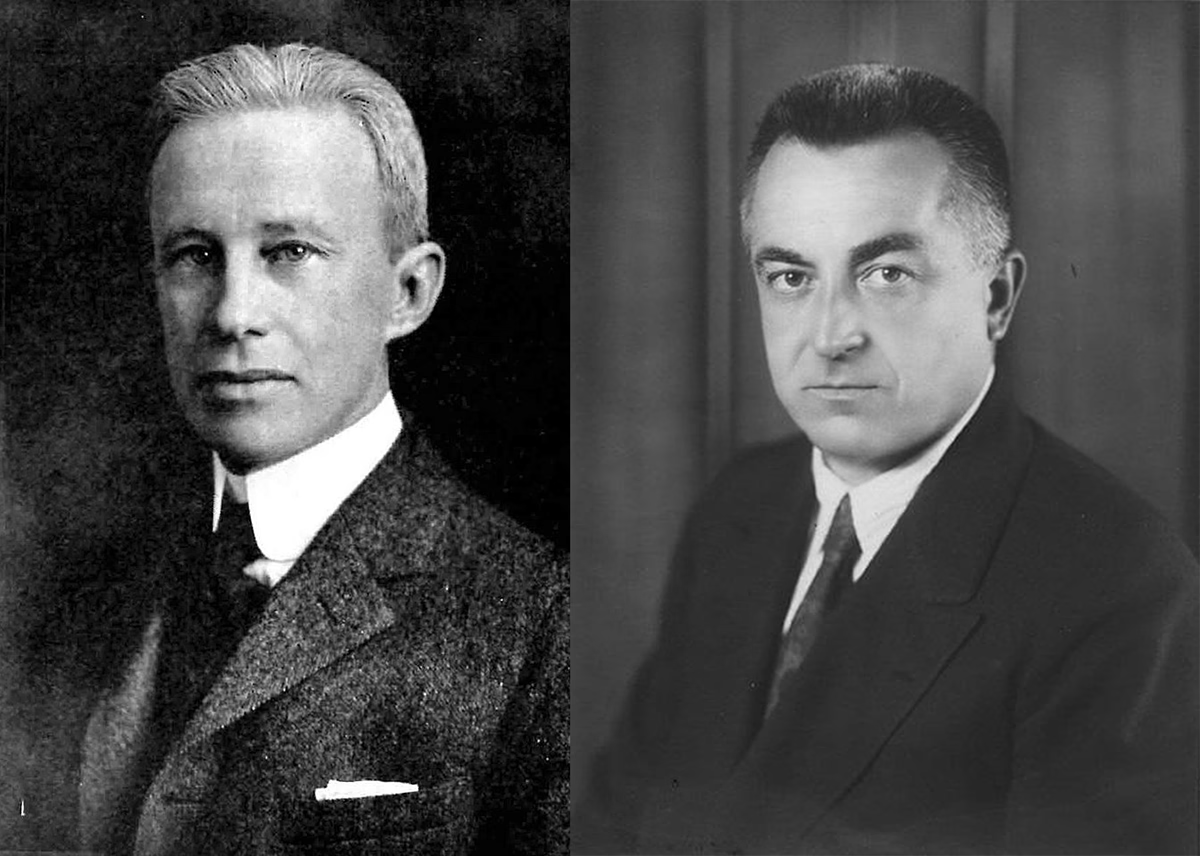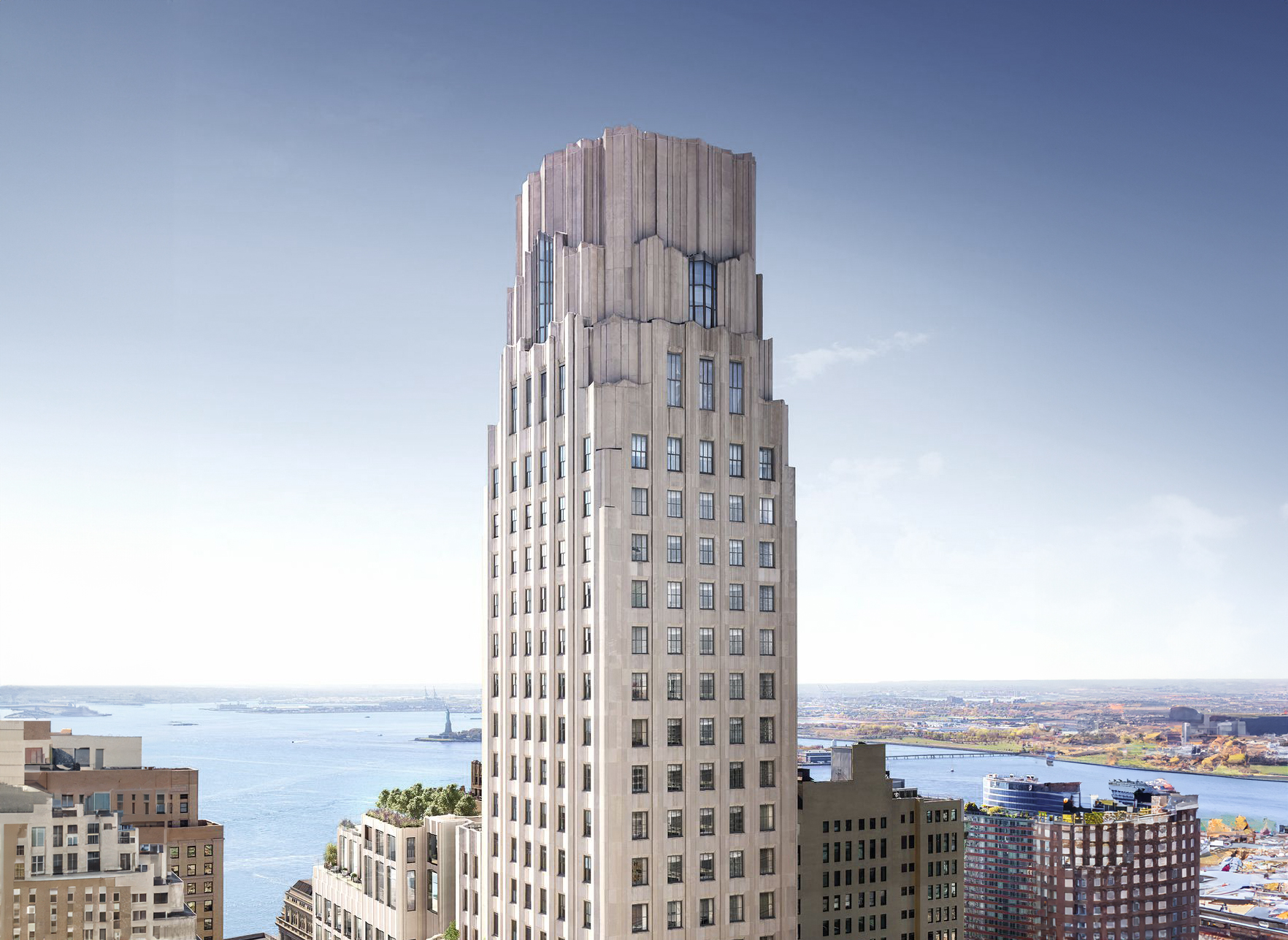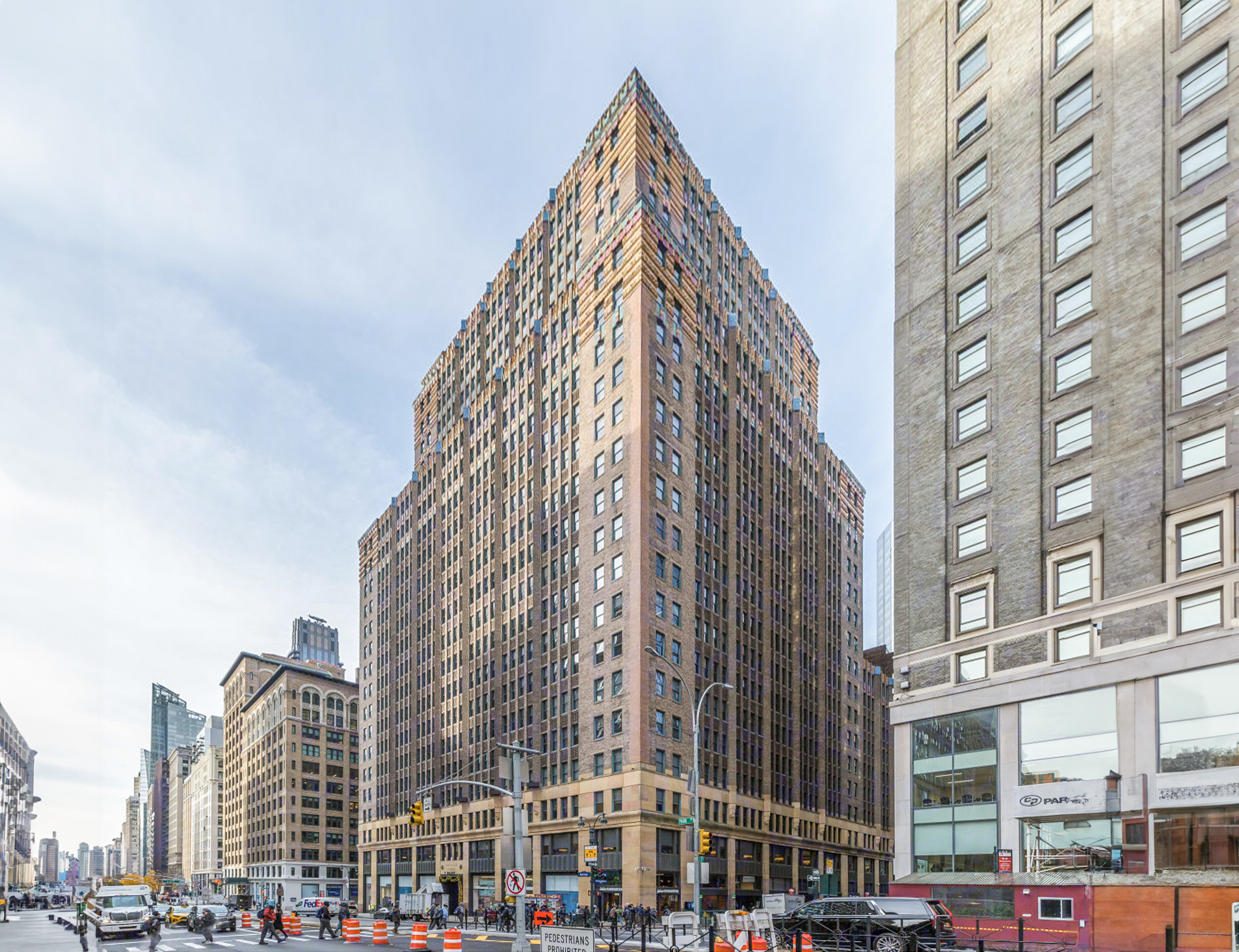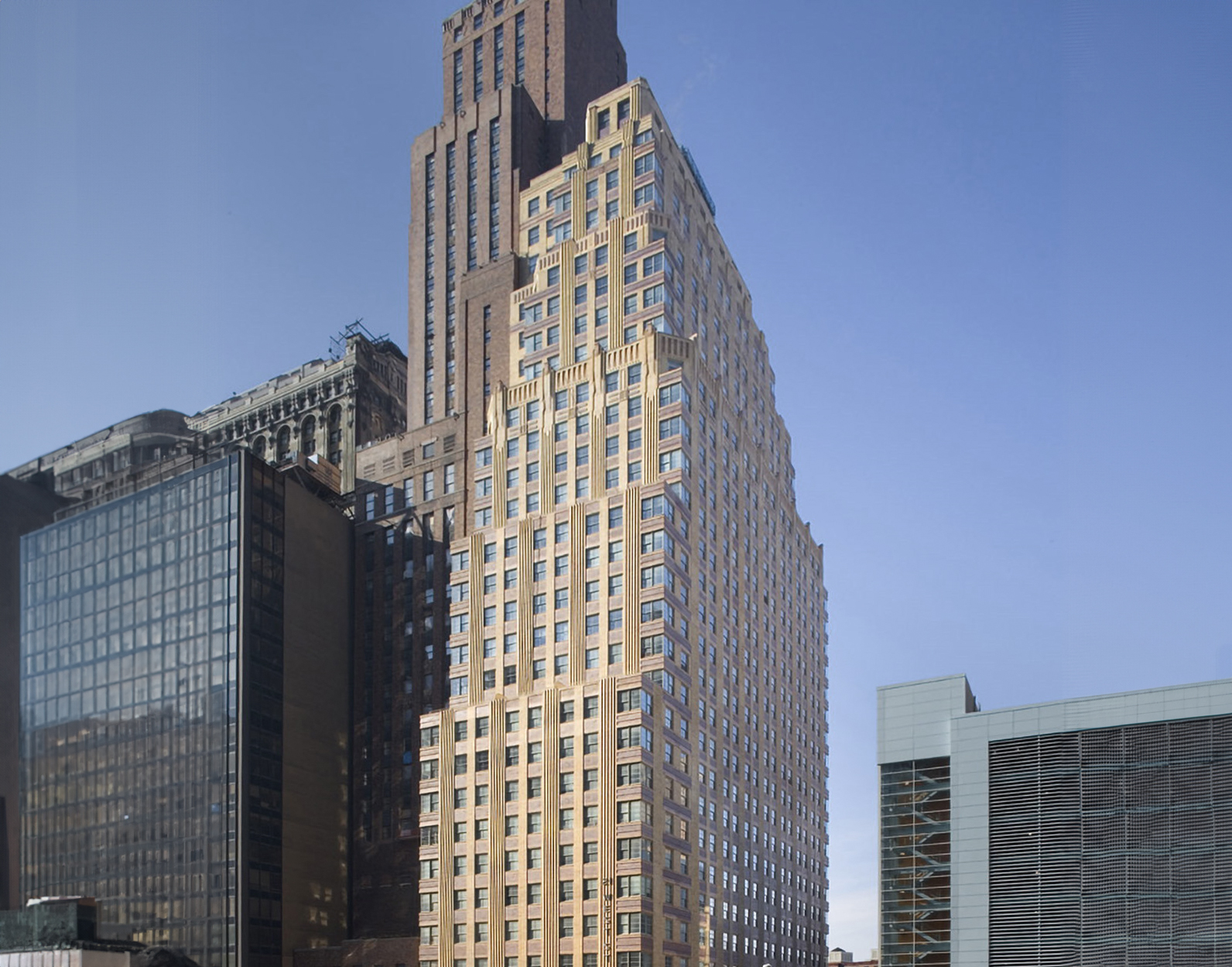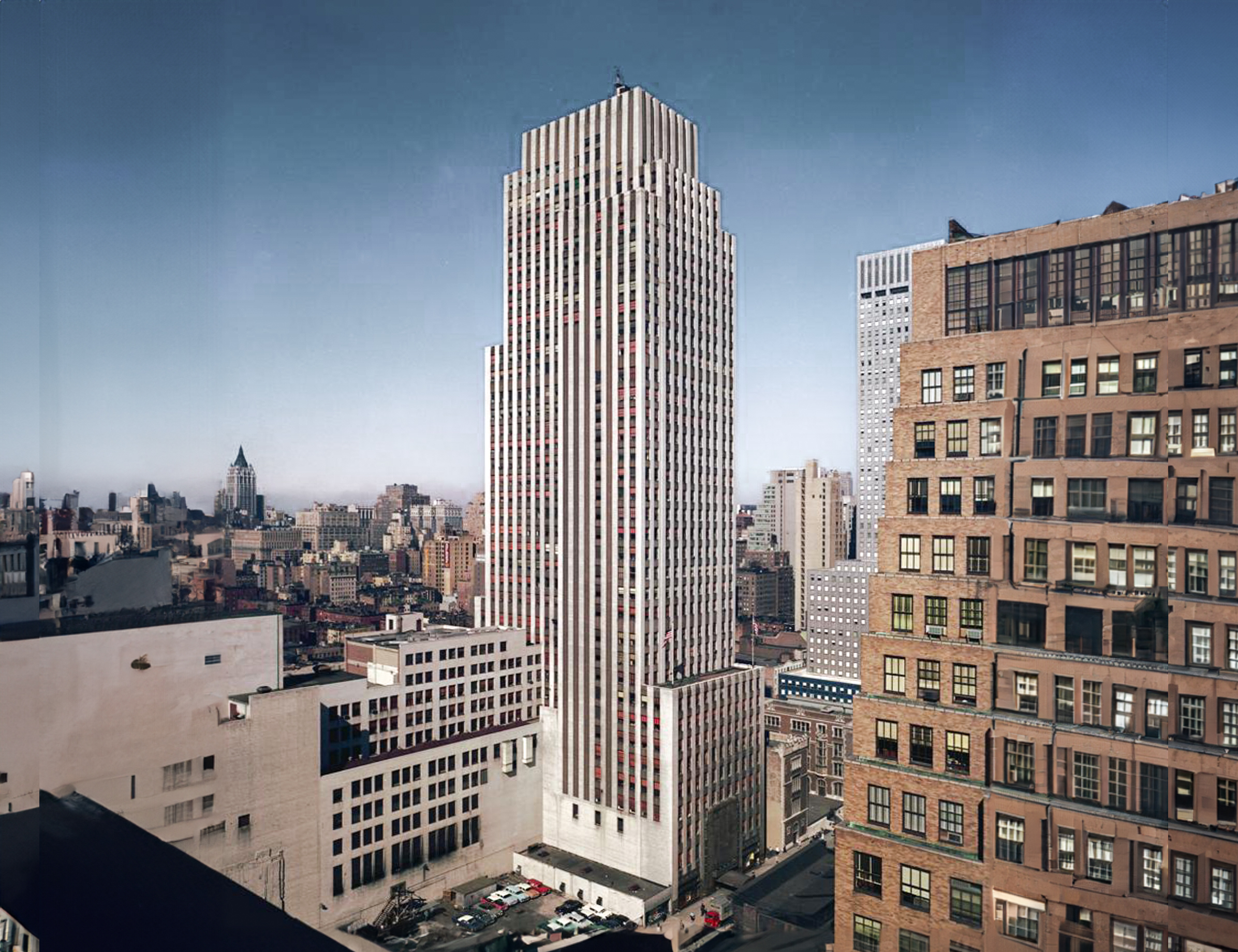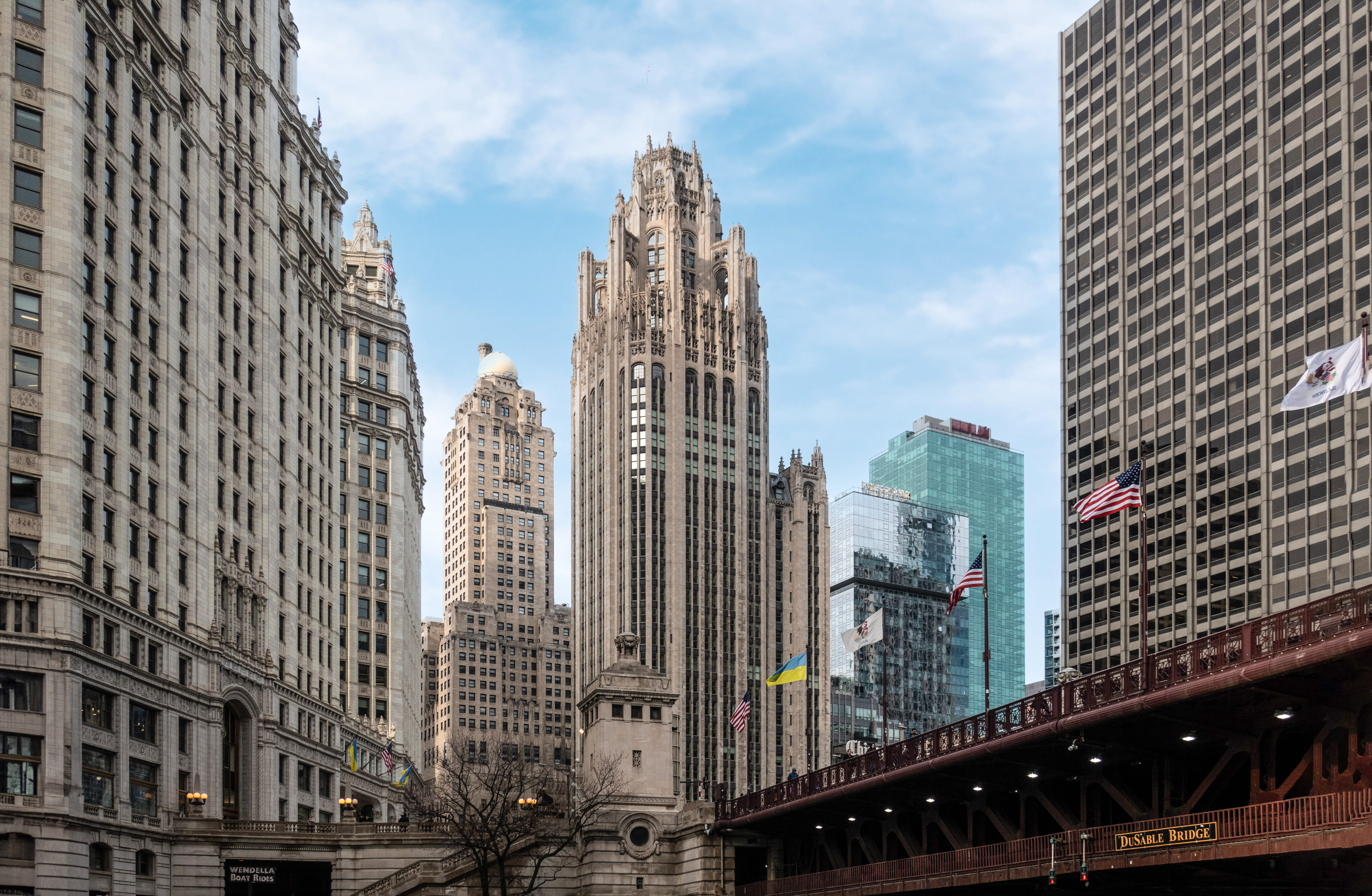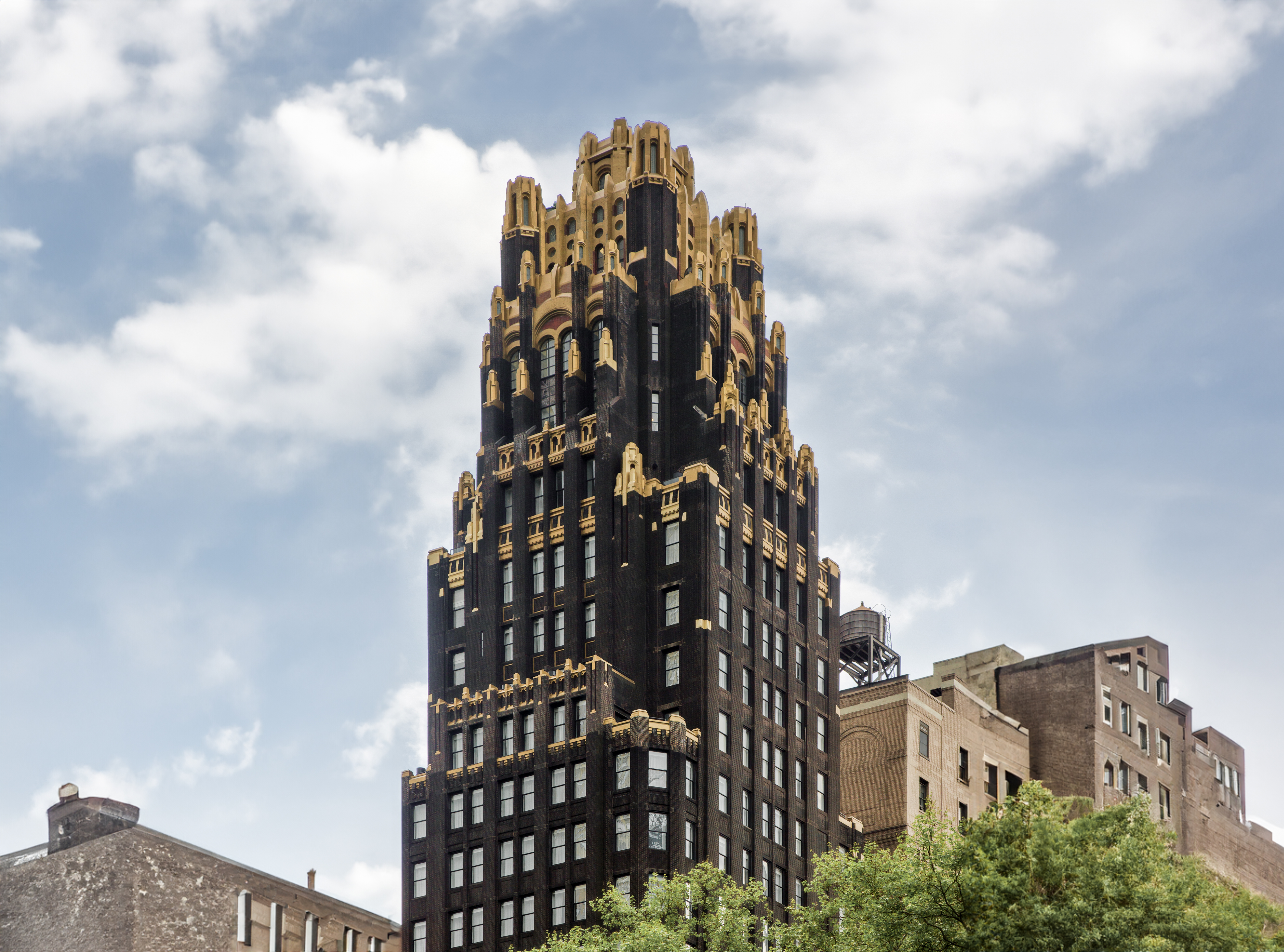The McGraw Hill Building is an Art-deco skyscraper designed by Howells & Hood, and built between 1930 and 1931 in New York, NY.
Its precise street address is 330 West 42nd Street, New York, NY. You can also find it on the map here.
The McGraw Hill Building is a structure of significant importance both for the city of New York and the United States as a nation. The building embodies the distinctive characteristic features of the time in which it was built and the Art Deco style. Because of that, the McGraw Hill Building was officially included in the National Register of Historic Places on March 28th 1980, and was also included in the New York Register of Historic Places on September 11th 1979.

